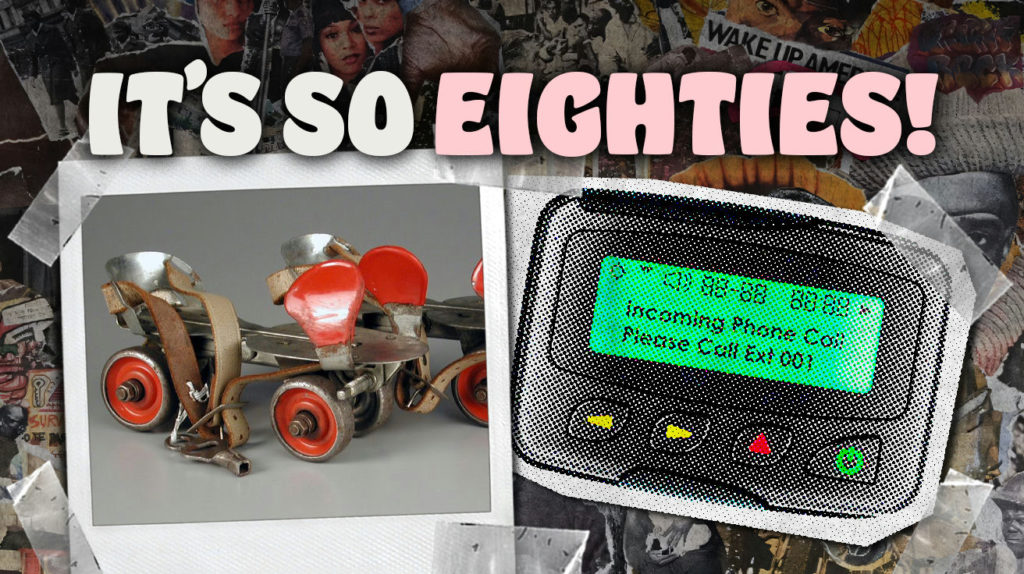
Before smartphones cemented their algorithmic grip on daily life, Americans navigated an analog world that now feels simultaneously foreign and familiar. These seemingly mundane items—from pay phone coin purses to manual pencil sharpeners—weren’t merely objects but gateways to experiences that digital alternatives have streamlined but rarely replicated.
These analog artifacts remind us of an era when scarcity created value, when waiting built anticipation, and when the friction between desire and fulfillment often produced its own rewards. As we navigate today’s frictionless digital landscape, these relics offer perspective on what we’ve gained in convenience and what we might have lost along the way.
20. The Sears Catalog

Arriving each season like a retail bible, this thousand-page wonder connected every American household to identical products. The Sears catalog wasn’t just a shopping tool—it was America’s common retail language, linking rural and urban consumers to identical product selections and establishing nationwide consumer literacy. It democratized retail access decades before the internet by bringing department store selection to locations without physical shops.
The catalog’s physical presence shaped different shopping rhythms than digital alternatives. Families gathered around new editions, studying options together and creating wish lists that often reflected aspirational desires rather than immediate purchases. Unlike algorithm-driven recommendations that narrow options based on past behavior, catalog browsing encouraged serendipitous discovery across categories.
Just as the Sears Catalog connected households across America, a wave of 20 beloved stores from the 1980s served as gathering places for families and friends, many of which have now faded into history.
19. Coin Purse for Pay Phone Calls
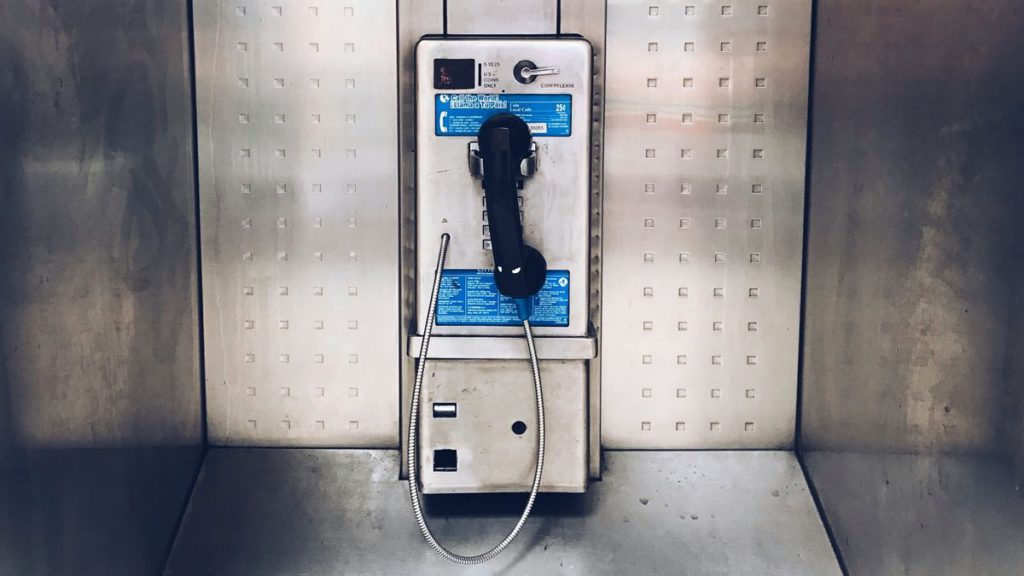
Those jingling quarters symbolized potential connection in an era when “I’ll call you later” meant finding an actual phone booth, not just tapping a screen while sitting on the toilet. Before phones became permanently attached to our palms, communication required physical currency and strategic planning.
The disappearance of these coin purses mirrors our larger societal shift away from physical interaction. Much like how streaming killed the video store’s communal experience, smartphones eliminated those serendipitous moments in phone booth lines where strangers exchanged small talk—and occasionally, quarters for emergency calls. Next time your cell battery dies, you might wish those coin-filled lifelines still lined our streets.
18. Waiting for a Library Microfilm Reader
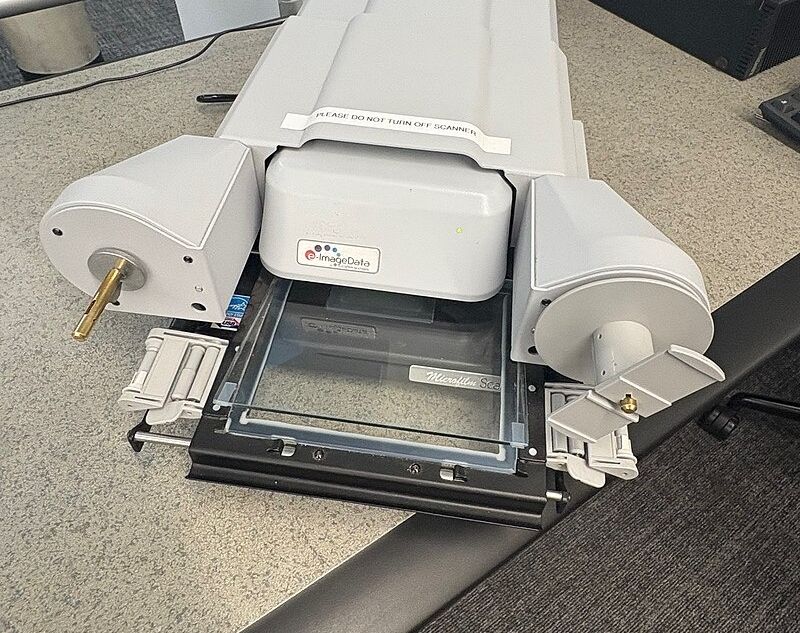
The microfilm reader characterized information access as a limited resource requiring patience and planning. These specialized machines offered windows into otherwise inaccessible archives—newspapers, historical documents, and records too voluminous to store in their original form. The necessary wait time for available readers established natural reflection periods that modern instant access has eliminated.
Research conducted through these machines demanded methodical approaches and advance preparation. Distinct from digital keyword searches that instantly locate specific terms, microfilm research required systematically scanning frame by frame—a process that often revealed unexpected contextual information missing from targeted digital searches. When today’s researchers hit CTRL+F to instantly jump to specific terms, they gain efficiency but sacrifice the serendipitous discoveries that once emerged through methodical browsing.
17. Clipping Coupons
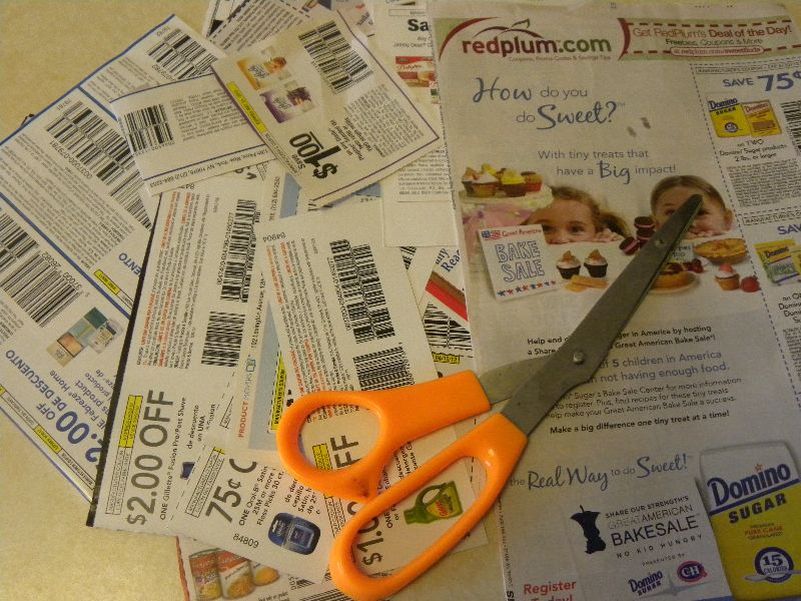
Sunday mornings metamorphosed kitchen tables into strategic saving headquarters nationwide. Sunday’s coupon sections fashioned household saving rituals that digital alternatives haven’t fully replaced, with the physical process of spreading newspaper sections, scanning for relevant offers, and precisely cutting along dotted lines requiring dedicated time and attention.
The resulting coupon collections necessitated organizational systems that made saving intentions visible—envelopes or folders sorted by category or expiration date. This visibility constructed accountability between intention and action that digital coupons often lack, with the physical coupon embodying commitment to specific purchases rather than vague saving intentions. For shoppers struggling to maintain budgeting discipline in an increasingly frictionless payment world, the deliberate planning of coupon clipping offered structural guardrails that digital alternatives often fail to provide.
16. Developing Photos in a Dark Room

Each print emerged through a ritual of precision and patience, with photographers physically manipulating light and shadow to create images that couldn’t be replicated with an Instagram filter. The darkroom process embodied photography as craft rather than commodity, demanding technical mastery combined with artistic vision—skills that required years to develop.
Today’s one-tap photo enhancement has democratized image creation while simultaneously devaluing the result. The darkroom’s scarcity—of materials, time, and expertise—established inherent value that digital abundance has erased. It’s photography’s version of how streaming decimated album sales; when something becomes infinitely available and effortlessly reproducible, we inevitably value it less. If you’ve ever truly treasured a printed photograph, you’ve experienced what infinite digital images can never match.
15. Playing in Sprinklers

Lawn sprinklers showcased improvisational play using tools designed for entirely different purposes. They offered unstructured water play using everyday lawn-care equipment, teaching children to see multiple possibilities in ordinary objects rather than requiring specialized toys for each activity.
The resulting water play sparked natural neighborhood gathering points based on which homes had sprinklers running on hot days. Unlike scheduled activities or formal playdates, sprinkler play emerged organically when temperature and opportunity aligned, combining cooling relief with physical challenges while requiring no special equipment beyond regular play clothes. Even with water parks and elaborate backyard splash pads available, nothing quite matches the simple joy of running through a lawn sprinkler on a hot summer day—a reminder that sometimes the best childhood experiences require no special equipment at all.
14. Crank Pencil Sharpener

The distinctive grinding soundtrack of academic ambition filled classrooms nationwide. That wall-mounted mechanical wonder embodied function-driven design with no planned obsolescence, functioning as infrastructure built to last decades. Its mechanical operation taught immediate cause-and-effect relationships: turn the handle, engage the gears, sharpen the pencil, and test a freshly sharpened point against your fingertip for immediate tactile feedback.
Today’s students rarely encounter these direct mechanical interactions. Digital learning tools offer more capabilities but fewer sensory impressions and practical understandings of how things actually work. The manual sharpener taught basic mechanical principles through daily use—gears, leverage, rotation—concepts that touchscreens can simulate but never truly replicate. When technology fails and batteries die, those who understand mechanical systems hold an advantage that no digital native can match without hands-on exposure.
13. Hitchhiking

Stuck without transportation in 1982? Simply stand roadside with your thumb extended. Hitchhiking wasn’t just transportation—it was a radical act of mutual trust that would seem utterly foreign to most Americans today. Standing roadside with an extended thumb established a social contract: a stranger would provide transportation, and in exchange, you’d provide company and conversation without background checks or ratings.
Its decline reflects our society’s broader retreat from public trust into privatized, mediated interactions. Rideshare apps essentially repackaged hitchhiking’s core concept but added corporate middlemen to make it palatable to a population increasingly afraid of unstructured human contact. Consider this striking measure of cultural change: practices once celebrated as adventurous freedom now register as reckless endangerment to younger generations.
12. Patchwork on Ripped Jeans

Torn denim transformed from wardrobe malfunction to personal canvas through creative repair. Patched denim narrated personal stories through clothing, with each repair telling a tale of how the tear happened, where the patch came from, and who applied it. Different from today’s pre-distressed jeans with manufactured authenticity, these customizations arose organically through actual wear and deliberate personalization, turning mass-produced clothing into one-of-a-kind expressions.
The hands-on modification process built practical skills now largely abandoned. Applying patches required basic sewing abilities that connected wearers to generations of clothing maintenance traditions, creating garments that occupied the space between utility and art. The next time you see overpriced “distressed” jeans with factory-applied patches, remember that what was once evidence of creativity and resourcefulness has been commodified into mass-produced simulation.
11. Ironing Clothes with Starch Spray

Entering a high-stakes business meeting in 1985, your clothing armor needed proper reinforcement. The crisp, military-sharp look of starched clothing embodied the 1980s power aesthetic, with those rigid shirts and knife-edge creases functioning as armor for corporate battle. Starch spray enabled average people to achieve professional-level crispness at home, turning ordinary clothing into status indicators through sheer effort and maintenance.
This meticulous appearance maintenance has largely disappeared as workplace norms have relaxed. The hours once spent perfecting clothing presentation now seem as foreign to younger workers as mandatory hats did to previous generations. The starch-sprayed look exemplified conformity as virtue—visual evidence that you were willing to sacrifice comfort for professional appearance standards. When work-from-home executives show up to video meetings in hoodies, they’re completing a workplace transformation that began when starched collars first started disappearing from offices.
10. Productivity Board Games
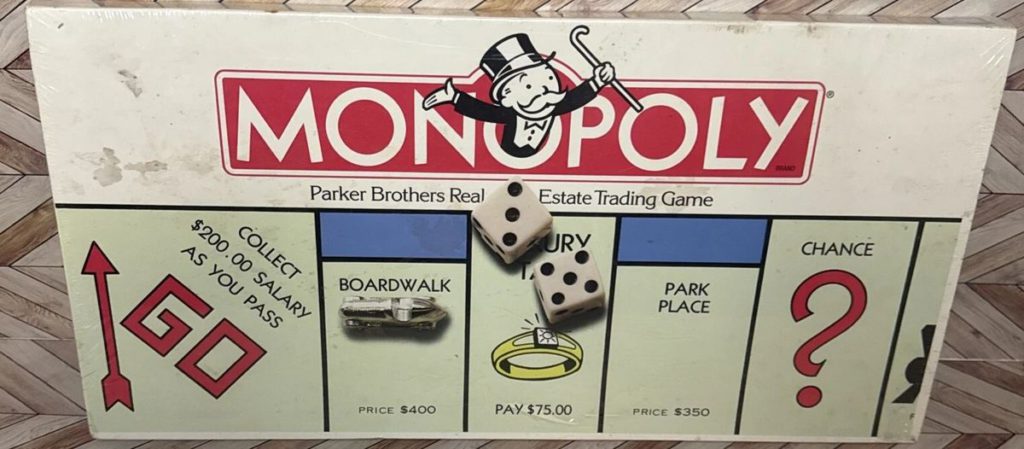
Classic tabletop games introduced complex concepts through playful competition and cooperation. Classic board games taught real-world systems thinking disguised as entertainment, with Monopoly introducing concepts like property investment, cash flow management, and market dynamics through direct exposure rather than abstract explanation. These game worlds functioned as simplified but functional models of complex systems, allowing players to observe cause-and-effect relationships develop over time.
The social dynamics of these games nurtured skills no app can replicate. Negotiating Monopoly property trades or forming Risk alliances developed interpersonal abilities applicable far beyond gameplay. The physicality of these interactions—handling money, moving pieces, rolling dice—fostered multisensory learning moments that screen-based alternatives can’t duplicate. For parents worried about screen time dominating their children’s activities, these analog games offer compelling evidence that sometimes the most effective teaching tools require no batteries or updates.
9. Cruising for Music on AM Radio

Lost between stations, that space between frequencies held as much magic as the music itself. Analog radio scanning yielded a listening journey fundamentally different from today’s algorithm-driven recommendations, with the dial requiring actively hunting for music rather than passively consuming it. The search itself—catching snippets of songs, voices, and static—became part of the pleasure, like browsing record store bins rather than typing an artist’s name.
Radio’s geographical limitations fostered regional musical identities that streaming platforms have largely erased. Stations reflected local tastes and introduced local talent, cultivating distinctive regional sounds that defined cities and regions. The DJ’s role as cultural curator had legitimate influence—their selections could break new artists based on personal judgment rather than corporate streaming deals. If you’ve ever found yourself scrolling through endless personalized recommendations but still feeling musically unsatisfied, perhaps you’re missing the human element those radio DJs once provided.
8. Using Film Reels for School Presentations

The arrival of the film projector cart announced educational special occasions when regular classroom routines paused for something more engaging. Unlike today’s on-demand streaming, film presentations required advance planning and specialized knowledge, with teachers needing training in proper threading techniques, focus adjustment, and troubleshooting common problems like film jams or bulb failures.
These technical requirements fostered an occasion with built-in anticipation—the darkening room, projector hum, and distinctive sound of film threading through sprockets all signaled transition to a different learning mode. The physical limitations of film—difficult to stop, rewind, or interrupt—shaped collective viewing moments fundamentally different from today’s fragmented, pausable digital videos. If you’ve ever wondered why educational videos rarely generate the same excitement today as film strips once did, the answer might lie in the ceremonial aspects we’ve lost.
7. Choosing a Beeper Ringtone

Surrounded by identical-looking devices, beeper alerts solved this problem decades ago. The limited selection of beeper alerts illustrates technological constraint as a feature, not a bug. With a limited selection of tones available, personalization meant making meaningful choices within defined parameters, creating an audio signature in crowded spaces—the 1980s version of custom notification sounds.
Today’s endless customization options have paradoxically made technology more homogeneous. When everything can be personalized, personalization loses meaning, and most people use default settings rather than navigating countless options—much like how unlimited music choice often leads to listening to the same playlists repeatedly.
6. Passing Notes in Class
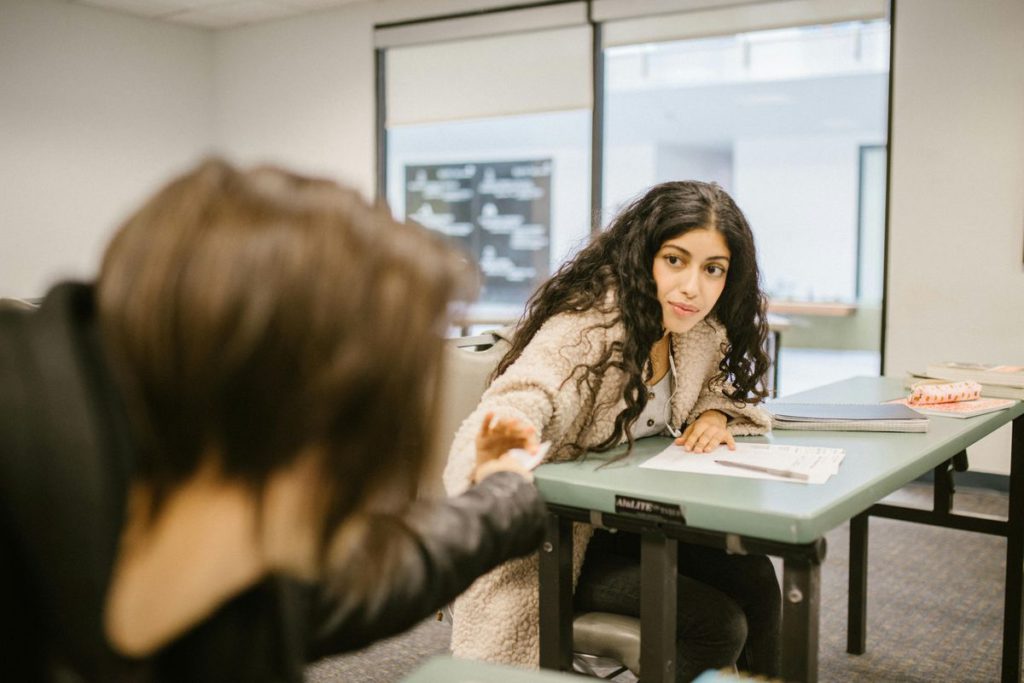
The humble folded paper provided teenage stealth technology under teacher surveillance. These handcrafted messages—often elaborately folded into origami-like shapes—enabled peer-to-peer communication free from adult monitoring or digital tracking. Note passing wasn’t just communication; it was performance art combining stealth, timing, and social coordination to maintain information flow beneath authority’s radar.
The physical note delivered temporary content—easily destroyed if discovered—rather than permanent digital records. This ephemeral quality allowed teenagers to explore identities and relationships without generating permanent archives of their developing selves. Contrary to social media posts that follow users indefinitely, passed notes existed only in the moment, allowing genuine experimentation without fear of future consequences. Today’s teenagers, documenting their every thought on platforms that never forget, might envy the freedom their parents had to make mistakes that disappeared instead of becoming permanent digital records.
5. Calling an operator for a long distance call
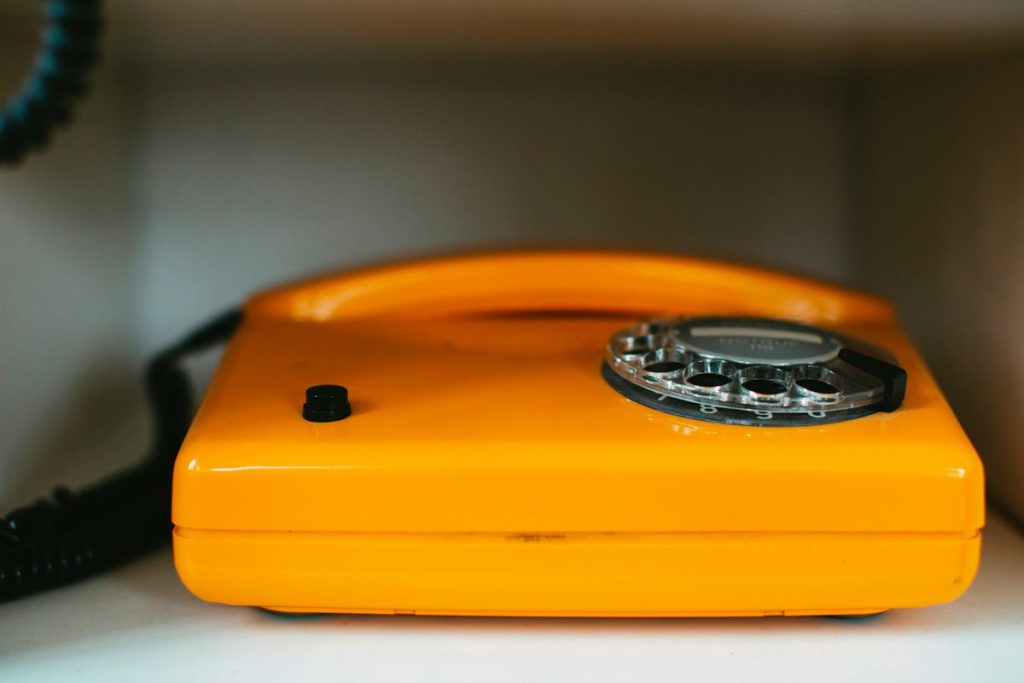
“Number, please?” once signaled the beginning of meaningful connection across vast distances. Operator-assisted calling positioned communication as managed scarcity rather than unlimited commodity, with each long-distance connection requiring human facilitation—an operator physically connecting circuits. This human intermediary evoked natural awareness of the call’s value through both the additional effort required and the conscious acknowledgment of associated costs.
The operator’s presence provided behavioral guardrails now absent from communication. Knowing a person would hear your initial connection request naturally discouraged inappropriate calls, while for collect calls, operators delivered verification layers between callers and recipients, preventing communication without consent. Their professional neutrality established standards for telephone conduct that automated systems can’t enforce. Feeling overwhelmed by constant digital accessibility and notification overload? The operator-mediated call system offers a blueprint for how technological friction sometimes served valuable social and psychological purposes.
4. Mailing Away for Toy Instructions
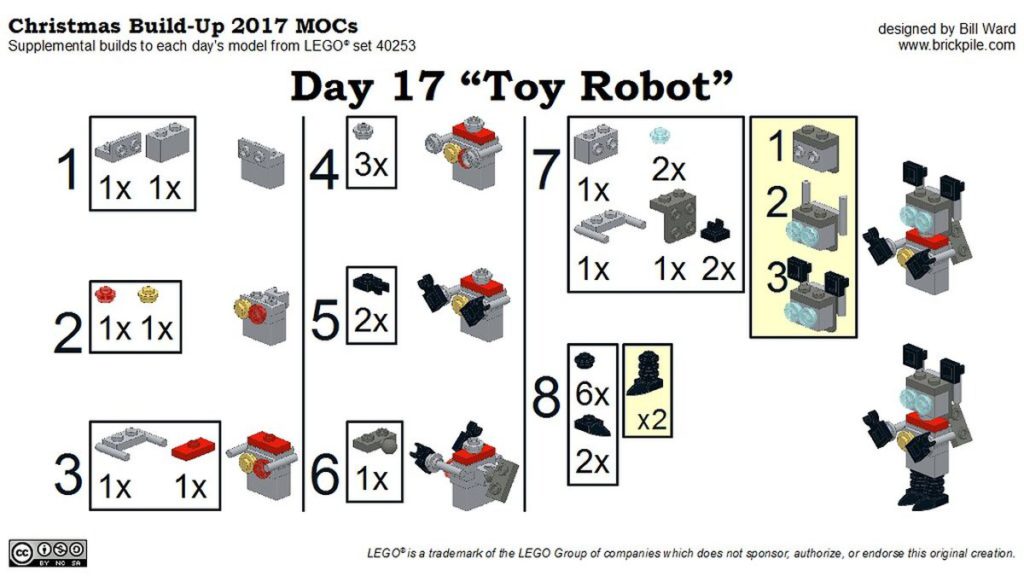
The lost instruction sheet scenario imparted lessons in process and patience. Before instant downloads, replacing vital documentation required physical correspondence—writing letters to manufacturers requesting replacement materials and including self-addressed stamped envelopes to receive responses. The weeks-long wait between request and fulfillment instilled appreciation for documentation that instant access has eliminated.
This process developed practical skills now rendered largely obsolete—proper letter writing, envelope addressing, stamp usage, and clear written communication of needs. The exchange built direct relationships between manufacturers and consumers unmediated by digital interfaces or automated systems. Each successful instruction replacement reinforced the value of careful documentation maintenance. When replacements took weeks instead of seconds, prevention became naturally prioritized over remedy. While modern parents can instantly download missing instructions, they might be depriving their children of valuable lessons in patience that only genuine waiting can teach.
3. Listening for Song Dedications on the Radio
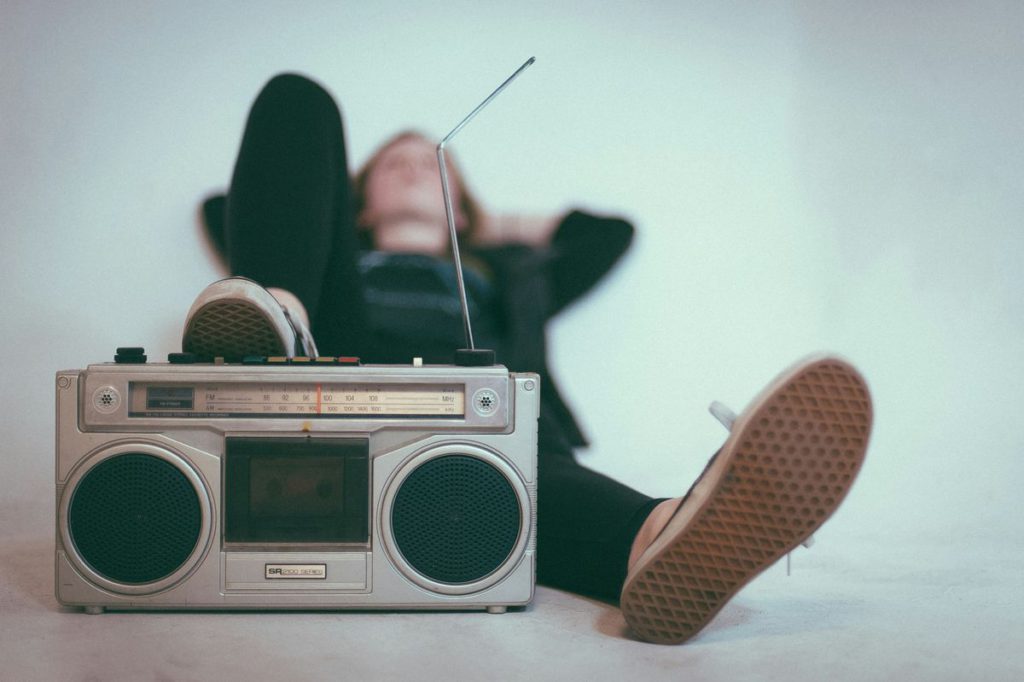
The unpredictable magic of hearing your name broadcast citywide evoked emotional suspense no app can replicate. Radio dedications modified private feelings into public declarations through music, conjuring intimate moments within mass broadcasts as personal messages were delivered to specific listeners yet heard by entire communities. The format offered public recognition without requiring direct confrontation, making it particularly valuable for shy admirers or tentative relationships.
The dedication’s power came partly from its uncertainty. Requesters never knew exactly when—or if—their selections would air, generating extended anticipation as they monitored broadcasts hoping to hear their names. This uncertainty has largely disappeared from digital communication, where messages arrive instantly with delivery confirmations. If you’re wondering why text messages never quite capture the emotional impact of those radio dedications, consider that anticipation and unpredictability might be crucial emotional ingredients that instant delivery eliminates.
2. Collecting S&H Green Stamps
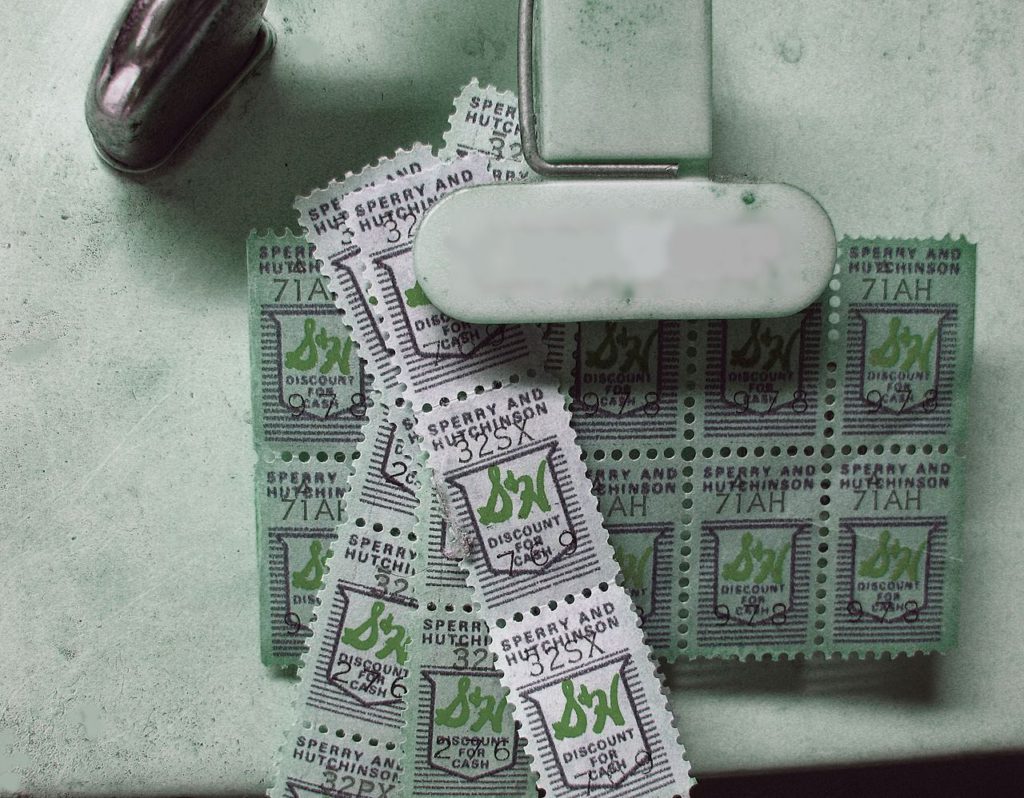
A parallel economic system flourished in American households, complete with its own currency and exchange rates. Green Stamps functioned as a distinct economy where shoppers accumulated small trading stamps with purchases, then redeemed completed books for merchandise from specialized catalogs. The system produced tangible rewards directly linked to shopping loyalty—you could literally track your progress and calculate exactly how many purchases stood between you and that desired toaster.
The program’s genius lay in reshaping routine purchases into goal-oriented collection activities. Modern digital loyalty programs offer similar rewards but lose the physical satisfaction of filling books and the social aspects of trading duplicates. Green Stamps also democratized access to consumer goods for families on tight budgets by effectively creating discount opportunities through accumulated shopping. While today’s shoppers tap their phones to collect invisible rewards points, they’ve lost the tactile satisfaction of physically accumulating value with each purchase.
1. Wearing Metal Roller Skates
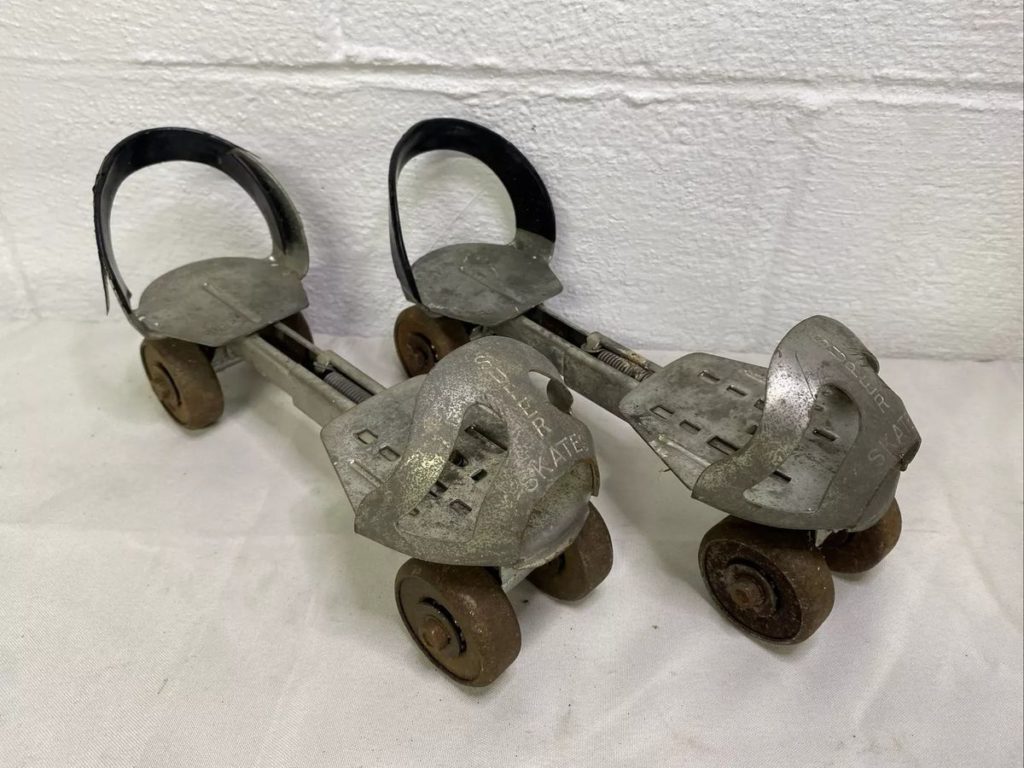
A pair of metal contraptions mutated any shoes into instant transportation with minimal investment. Those adjustable metal platforms democratized transportation in its most basic form, adapting to whatever shoes you already owned. Their metal-on-metal construction generated the distinctive soundtrack of neighborhood recreation—a percussive rumbling that announced the skater’s approach blocks away.
The skates embodied a simpler approach to childhood play, where basic equipment served multiple purposes rather than specialized gear for every activity. Their adjustable design meant they grew with children and could be shared among siblings—a hand-me-down friendly approach increasingly rare in today’s consumer culture. Confused between constant pressure to upgrade equipment and the environmental impact of disposable goods? These adaptable metal skates offer a blueprint for designing products that grow with their users rather than requiring replacement.





















